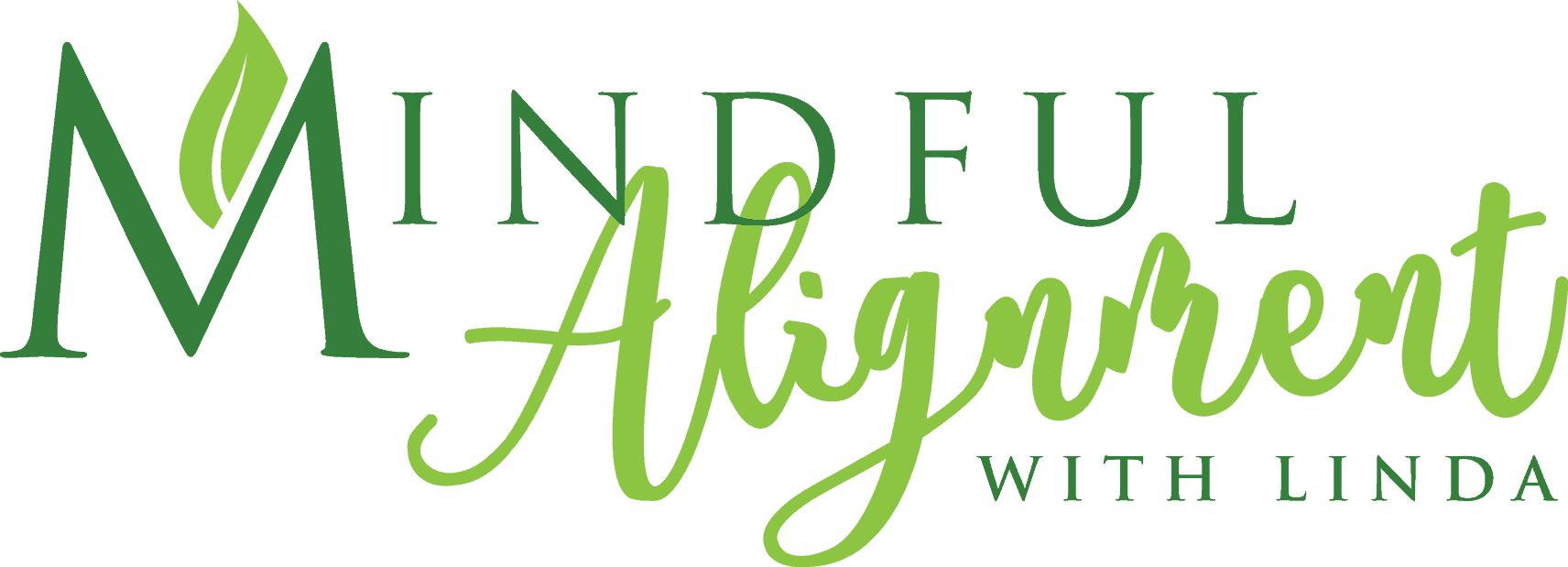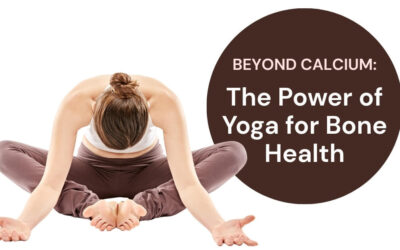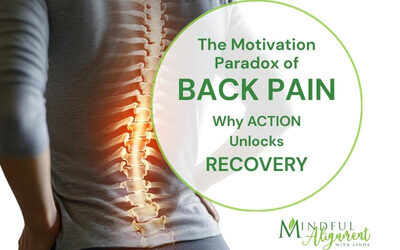Fight or Flight – An Extreme Stress Reaction
What is Fight or Flight?
Stress gets the body ready to deal with dangerous situations by activating the ‘fight or flight’ response. Walter Cannon, an American physiologist, is credited with being the first to describe the ‘fight or flight’ response, a chain reaction inside the body that helps mobilize the body’s resources to deal with any perceived stressful or frightening events in one’s immediate environment. This response prepares the body to react to danger and is necessary to survive.
How the Body Responds when in Fight or Flight
When the central nervous system activates the ‘fight or flight’ response, hormones are released, and there is a chain reaction resulting in physical consequences to the heart, breathing rate, and blood pressure. Also, the lungs, skin, and eyes are impacted.
Typically, your heart rate increases, and the coronary blood vessels which supply the heart with blood, dilate. Your skin may become flushed or pale as blood flow to non-essential parts of the body is reduced and directed to the muscles.
Your heart pumps faster when you are experiencing stress, possibly resulting in high blood pressure, heart attack, or stroke.
Next, you will breathe faster, trying to distribute oxygen-rich blood to your body quickly. If you have chronic breathing problems like emphysema or asthma, stress can make it even more challenging to breathe.
Then, the pupils dilate more to allow in more light so that your vision is improved to scan your environment and discover threats. Also, increased dilation tenses the muscles in the eye and may result in headaches.
The Link to Anxiety
An anxiety disorder can develop when the ‘fight or flight’ response is activated frequently or with intensity. When one is anxious, the muscles tense, also leading to pain.
When the perceived threat or stressful event is gone, the hypothalamus — a part of the brain that releases hormones and regulates body temperature — tells all systems to go back to normal. If the cause of a particular stress doesn’t go away, the response continues resulting in a chronic stress condition or event.
How to Relax When Stress Levels are Elevated
If you are experiencing any chronic stress, find more ways to relax and incorporate them into your daily life routine.
Here’s a few useful tips that can help lower your stress:
- Looking out the window at nature is a proven technique for reducing stress and can be done throughout the day
- If you are working from home, try to set up your workspace near a window
- Take frequent breaks throughout the day
- Learn to say no to taking on more work tasks when you are overloaded
- Spend time on the weekend doing something you enjoy
- Remove unhealthy foods from your diet
- Get more sleep
- Move more during your daily routine
Bottom Line: Follow the above guidelines, and you will begin to experience more energy and less stress.
Are you tired of living with pain?
Are your activities and daily choices determined by your level of pain?
Are you ready to change your life for the better and gain back your physical freedom?
My unique and custom designed approach comes from years of training, education and experience. Together, we will get you back to living pain free and enjoying life.
Sign up for a private session today
It’s never too late to try something new.

Related Articles:
Beyond Calcium: The Power of Yoga for Bone Health
Discover how yoga supports bone health and osteoporosis prevention. Learn science-backed poses that strengthen your skeleton and reduce fracture risk.
The Motivation Paradox: Action is the Catalyst for Healing Back Pain
Discover the Motivation Paradox of Back Pain—why waiting for motivation keeps you stuck and how action is the true catalyst for healing. Learn science-backed strategies to break the pain cycle and reclaim mobility.
Transform Back Pain Anxiety: From Uncertainty to Empowerment
Discover how to navigate pain anxiety with empowerment. Embrace uncertainty and reclaim your healing journey through mindfulness and resilience.
Transforming Your Relationship with Back Pain: A Mindset Revolution
Back pain is more than a physical challenge—it's a profound psychological journey. The real battle isn't just in your muscles and joints, but in your mind. Your thoughts can either be a prison or a pathway to healing. Reframing Your Inner Narrative When chronic pain...




